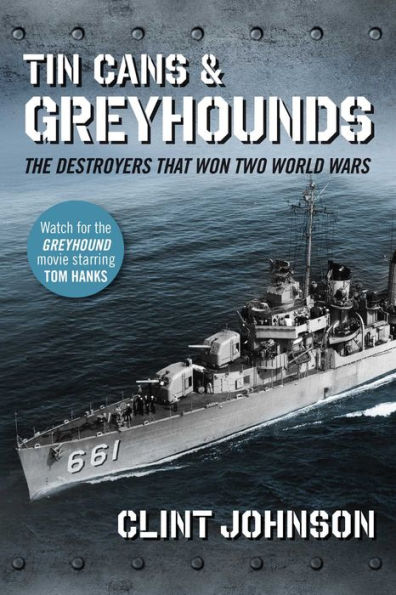Table of Contents
Preface ix
Chapter 1 The Early Years: "Weather today fine, but high waves." 1
Chapter 2 World War I in Europe: "Do as much damage as possible." 17
Chapter 3 U.S. Enters the War: "We are ready now, sir!" 27
Chapter 4 The 1920s: "We have no destroyers today!" 45
Chapter 5 The 1930s: "A destroyer is not a likely target." 57
Chapter 6 Atlantic Theater 1939-1941: "Keep on engaging the enemy." 71
Chapter 7 Pacific Theater 1941: "Suddenly and deliberately attacked." 93
Chapter 8 Atlantic Theater 1942: "American beacons and searchlights visible at night." 105
Chapter 9 Pacific Theater 1942: "Courageous abandon against fearful odds." 123
Chapter 10 Atlantic Theater 1943: "Wiped out every exposed member of the sub's crew topside." 151
Chapter 11 Pacific Theater 1943: "Our losses for this single battle were fantastic." 165
Chapter 12 Atlantic Theater 1944: "Man on deck of sub attempting to man gun disintegrates." 193
Chapter 13 Pacific Theater 1944: "A fight against overwhelming odds from which survival can't be expected." 207
Chapter 14 Atlantic Theater 1945:"i think that is the end of the sub." 229
Chapter 15 Pacific Theater l945:"The gates of hell awaited us." 241
Appendix 263
Bibliography 265
Acknowledgments 279
Notes 283



